Businesses Partner to Provide Plants
By Harmony Organics

There has never has been a time quite like this where much of what we hold dear has changed and over which we have little control, at least for now. It’s definitely a time for nurturing ourselves and those dear to us. For many, home gardens can be a place where we find tranquility, healing and a place revitalize and reenergize — all things that can help us in unsettling times.
With that in mind, Harmony Organics would like to bring a little sunshine into your homes and gardens. As a local supplier of premium organic soil blends and amendments, we can help nurture your gardens and help them thrive, especially now as we are all spending more time in our homes.
And as a commitment to our motto, “Grow Together,” we have teamed with Biota Gardens Nursery to provide the highest quality seed starts for your spring/summer grows. We are fortunate to have been the soil provider for Biota Gardens the past few years and are excited to give everyone the opportunity purchase their plants locally. We will still have our soil and amendments available so that you can pair our soil with wonderful organic heirloom seed starts.
About the Blog
Harmony Organics, located in Benicia, shares how they are partnering with Biota Gardens Nursery as a distribution site for plants.
Many local nurseries have changed their hours and how they are doing business to remain open during this time. See what your local nursery is doing here and check directly with the nursery for the latest information.
We’re always looking for insight from our locally owned small businesses. Want to share what you’re doing? Contact us at allison@sustainablesolano.org
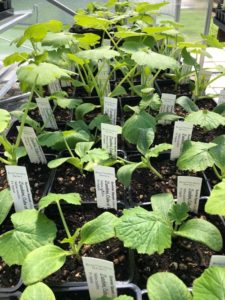 Please visit biotagardens.com to view the available plants to help jump start your garden this spring. You will be able to place an order directly with Biota Gardens and make sure to mention Harmony Organics in the Questions/Special Instructions section. If you need assistance ordering plants or need other soil/amendments please call us at 707-747-5051 or email info@harmony-organics.com
Please visit biotagardens.com to view the available plants to help jump start your garden this spring. You will be able to place an order directly with Biota Gardens and make sure to mention Harmony Organics in the Questions/Special Instructions section. If you need assistance ordering plants or need other soil/amendments please call us at 707-747-5051 or email info@harmony-organics.com
During these strange and difficult times, we want us all to be able to find joy in playing in the dirt, seeing our work bloom and eating homegrown veggies and fruits. Labor of love or just garden fun. Remember, gardening is for everyone! Hope everyone is safe and enjoying the fruits of their labor!

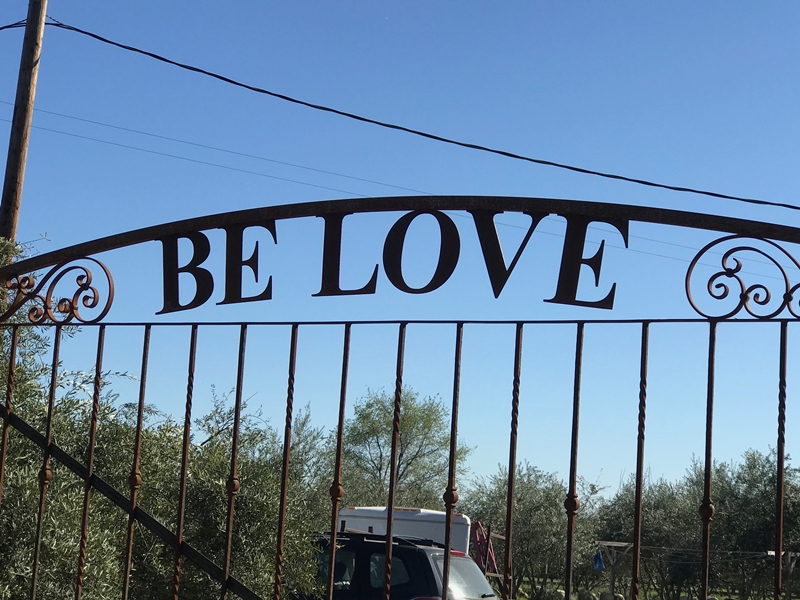

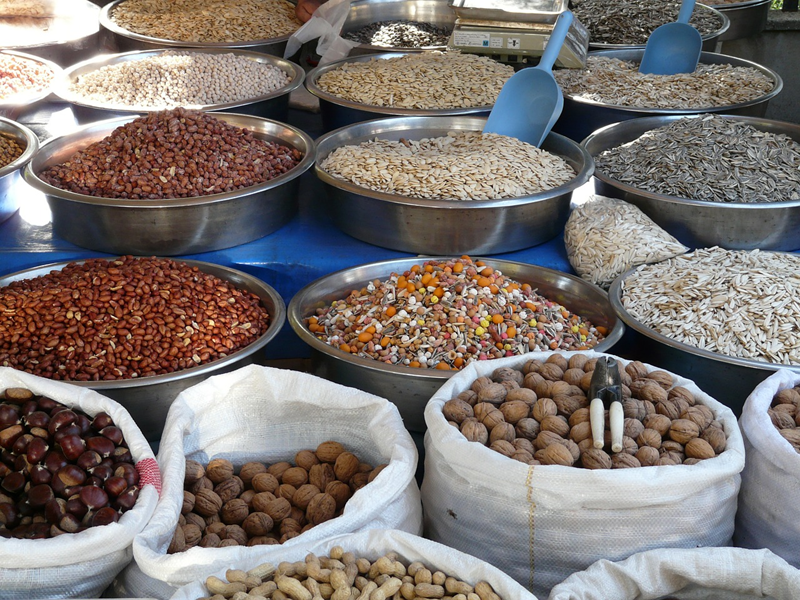
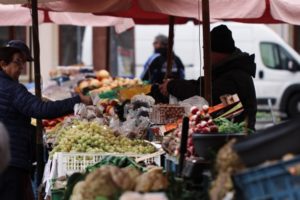
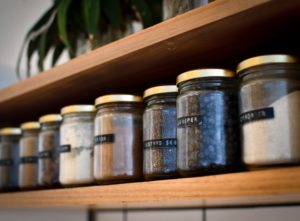
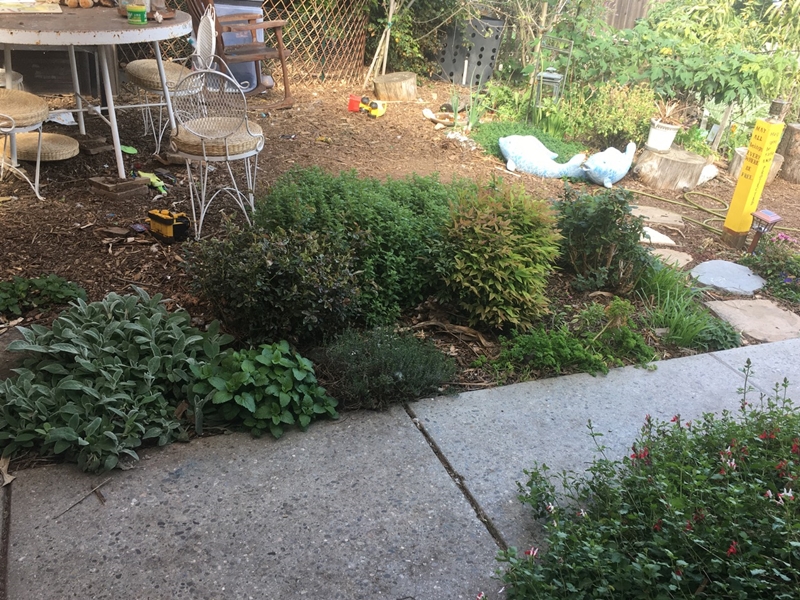
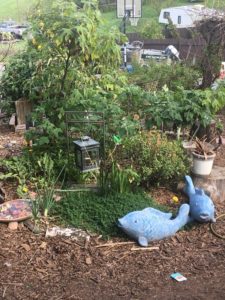 This year a roommate moved in. She is a dear old friend needing port from a storm, and seeing the garden through her response is like re-living all five years anew. She is a gardener, and she is a trained chef — and from the moment she stepped into it, they loved each other. I saw how her tense shoulders relaxed as she inspected each little nook and cranny. How her daily attentions perked up the plants who were so used to the survival of the fittest ways of Greyhawk Grove. She naturally took to it, chopping and dropping like a pro, taking last years’ pruning to make a trellis for hoped for summer cucumbers, and understanding the energy of all who have come before. And even her laughing about me eating, not the watery-sweet jicama-like root of the yacon Nicole planted years ago, but the rather tasteless rhizome, made me cheerful. (If you were wondering, she spent a good afternoon gingerly digging out all the yacon roots, and then made a lovely crunchy salad out of it with sesame oil, lemon and herbs. I hadn’t seen her so satisfied in a long time.)
This year a roommate moved in. She is a dear old friend needing port from a storm, and seeing the garden through her response is like re-living all five years anew. She is a gardener, and she is a trained chef — and from the moment she stepped into it, they loved each other. I saw how her tense shoulders relaxed as she inspected each little nook and cranny. How her daily attentions perked up the plants who were so used to the survival of the fittest ways of Greyhawk Grove. She naturally took to it, chopping and dropping like a pro, taking last years’ pruning to make a trellis for hoped for summer cucumbers, and understanding the energy of all who have come before. And even her laughing about me eating, not the watery-sweet jicama-like root of the yacon Nicole planted years ago, but the rather tasteless rhizome, made me cheerful. (If you were wondering, she spent a good afternoon gingerly digging out all the yacon roots, and then made a lovely crunchy salad out of it with sesame oil, lemon and herbs. I hadn’t seen her so satisfied in a long time.)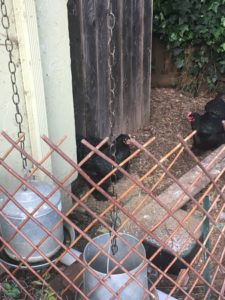 The children (now three with our new roommates) are home for at least two weeks from school, probably more. But they are happy like the birds that flood the food forest, easily moving from the home to the garden — not the slightest bit stir crazy. Graham is already eyeing the flowers budding on the berry bushes in anticipation. He diligently collects eggs each day. As he was when just a toddler watching David’s Polish chickens, he is still the one that pays attention to and cuddles them the most. He hand-picks bugs for them (mama makes sure he washes his hands really well upon coming inside), hugs them, and pets all 10 of them.
The children (now three with our new roommates) are home for at least two weeks from school, probably more. But they are happy like the birds that flood the food forest, easily moving from the home to the garden — not the slightest bit stir crazy. Graham is already eyeing the flowers budding on the berry bushes in anticipation. He diligently collects eggs each day. As he was when just a toddler watching David’s Polish chickens, he is still the one that pays attention to and cuddles them the most. He hand-picks bugs for them (mama makes sure he washes his hands really well upon coming inside), hugs them, and pets all 10 of them.
 For the production area of the farm we converted the area where my dad had his garden when I was growing up. As you can see, over the years nature had taken over much of the open area and some clearing had to be done. We were focused on saving as much of the natural habitat as possible while still opening up enough area to make a viable market garden. Any trees that had to be cut were used to make fence posts and edging for the food forest.
For the production area of the farm we converted the area where my dad had his garden when I was growing up. As you can see, over the years nature had taken over much of the open area and some clearing had to be done. We were focused on saving as much of the natural habitat as possible while still opening up enough area to make a viable market garden. Any trees that had to be cut were used to make fence posts and edging for the food forest. Shortly after arrival we mowed the grass and started laying out the outer edge off the garden. When we finally got it cleared we had almost 10,000 square feet of planting area. We then laid out the rows and covered the area with a 6-inch-thick layer of woodchips. We worked with a great company here that processes used pallets into safe, economical wood chip mulch. We ended up using approximately 160 yards of chips to do the entire area. By using this product we were able to stop seven semis of pallets from going to the landfill!
Shortly after arrival we mowed the grass and started laying out the outer edge off the garden. When we finally got it cleared we had almost 10,000 square feet of planting area. We then laid out the rows and covered the area with a 6-inch-thick layer of woodchips. We worked with a great company here that processes used pallets into safe, economical wood chip mulch. We ended up using approximately 160 yards of chips to do the entire area. By using this product we were able to stop seven semis of pallets from going to the landfill! We then started removing the remaining grass clumps and adding the needed amendments. The soil test we did revealed several deficiencies in the soil chemistry. We did have to do some cultivation because of this but we tried to keep it to the top 6 to 8 inches of the soil surface.
We then started removing the remaining grass clumps and adding the needed amendments. The soil test we did revealed several deficiencies in the soil chemistry. We did have to do some cultivation because of this but we tried to keep it to the top 6 to 8 inches of the soil surface. We have started planting the fruit trees and berries in the area we have designated as the food forest. This area will be the main teaching garden for urban food gardening. We currently have 11 classes booked through the Oklahoma County library system where we will be teaching the permaculture principles and urban food forest installation.
We have started planting the fruit trees and berries in the area we have designated as the food forest. This area will be the main teaching garden for urban food gardening. We currently have 11 classes booked through the Oklahoma County library system where we will be teaching the permaculture principles and urban food forest installation.